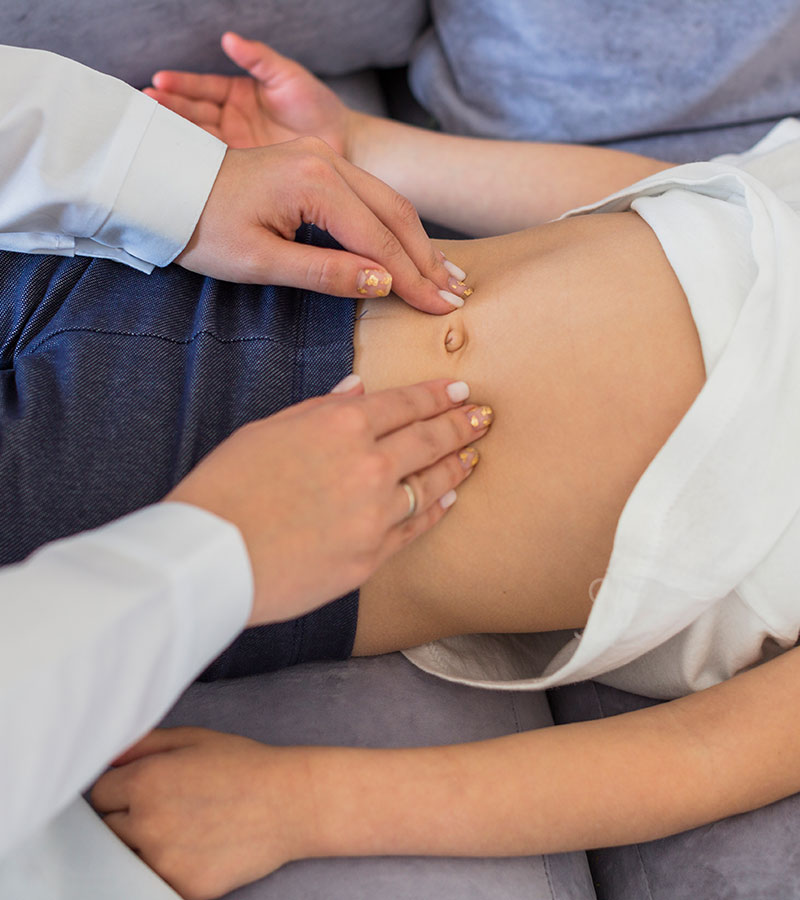There is a lot of information available out there about polycystic ovaries, and one important thing that I need to point out here is that an ultrasound finding of polycystic ovaries is not the same thing as having the metabolic disease called Polycystic Ovarian Syndrome. This is why if you have an ultrasound finding of a polycystic ovary you should not be alarmed, particularly if you have normal periods. It is not uncommon for polycystic ovaries to show up the scan of a patient who has periods and who will get pregnant. In fact it is thought that only a small proportion of the estimated 20% of middle class women who have polycystic ovaries will actually go on to have Polycystic Ovarian Syndrome.
Reasons for the Increase in Diagnosis Numbers
The number of women who are being (correctly) diagnosed with Polycystic Ovarian Syndrome (PCOS) appears to me to be on the increase. This is likely to be due to factors such as the obesity epidemic and also the change in the UK population dynamics. The UK population for example now includes more women from South Asia and the Middle East who are at risk of developing this disease. Many of these women have abnormal endocrine disease, may suffer from thyroid disease, and can have abnormal adrenal disease (Congenital Adrenal Hyperplasia). They can also have high levels of male hormones like Testosterone and Androstenedione. In these cases it is common to find a strong history of either early onset or late onset diabetes, and in these families the male members often have premature balding under the age of 30.
Overweight Risk
We now know that PCOS is associated with Diabetes, Metabolic Syndrome, and with infertility because PCOS patients do not ovulate and may need ovulation induction treatment. PCOS also increases the risk of miscarriage, and leaving the condition untreated is therefore very risky as far as your reproductive health is concerned. The situation could be most serious for women who are overweight because they run the risk of developing Diabetes and becoming infertile.
Symptoms & Physical Examination
The most noticeable symptom of the condition in the patient is irregular periods that can be very heavy and can be spaced by more than 6 weeks. When examining physical signs, indicators for this condition can also include increased facial and body hair (particularly on the abdomen and back), acne, male pattern baldness in the family, a history of a late puberty, and a black mark in the armpit known as Acanthosis Nigrans.
Taking Action
Getting an early diagnosis is the best way to safeguard your reproductive health and, as you may read in medical literature the combined oral contraceptive pill can protect the PCOS ovary, and can stop the disease from getting worse. It is really important therefore to see a Gynaecologist who has a specialist interest in this disease, and who also works with an interested Endocrinologist. I always like to exclude Diabetes because PCOS is related to Insulin Resistance, and this is the precursor to Diabetes. I carry out a formal Glucose Tolerance Test as part of my screening, and if my patient is screened positive, I ensure that they are seen by an Endocrinologist.
When it comes to treatment there are a number of things that can be done depending on the individual circumstances. These can include working with a Dermatologist to address the acne and hair loss (Dianette, sometimes a combined pill, and Cypropterone Acetate), use of the drug Metformin (particularly if you want to become pregnant), ovulation induction with Clomiphene (sometimes with Clomiphene – great for weight loss and improving ovarian function), ovarian drilling (a laprosopic keyhole treatment), and often dietary advice.



